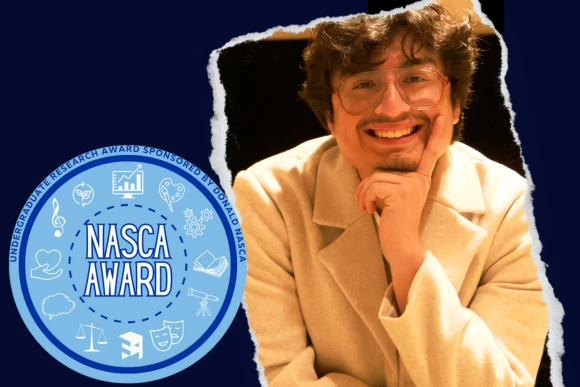Trinity Choice
Name: Trinity Choice
Faculty Mentor: Dr. Mark Even
Major: Molecular Genetics
Project Summary: This project aims to look closely at one MAP in particular, mefp-3, which has unique adhesive properties that make it a prime candidate for developing a bio-inspired adhesive resistant to biofouling (Even et al., 2008). This protein is found secreted into the byssal threads (the site of attachment) which helps resist harsh conditions. By isolating mefp-3 to understand both its adhesive mechanisms and molecular structure, this would provide insight into the design of a synthetic adhesive that is non-toxic, yet efficient. Compared to previously used processes (Castillo et al., 2017), this experiment could reduce extraction time to one week and produce a purer sample of protein.


.jpeg)







